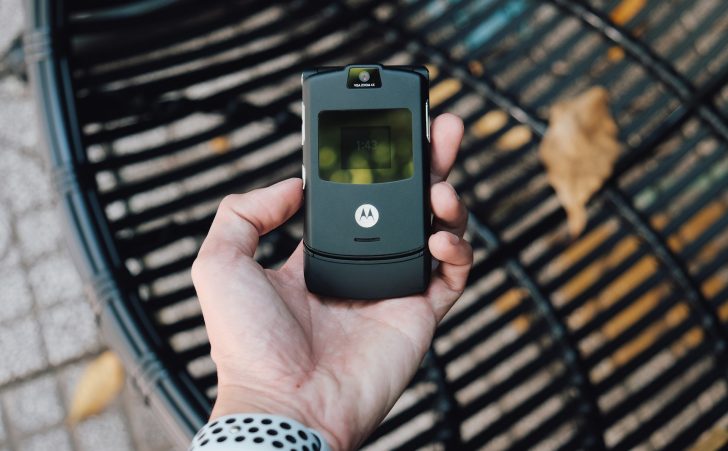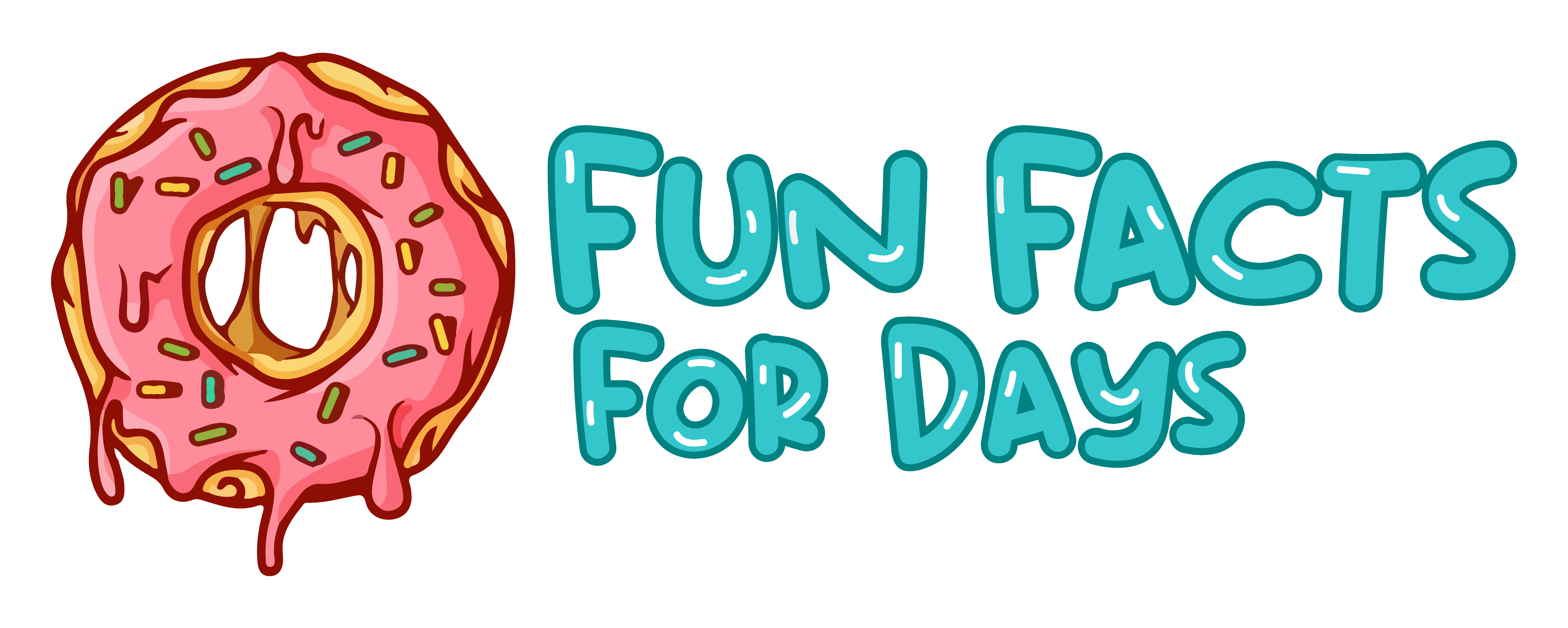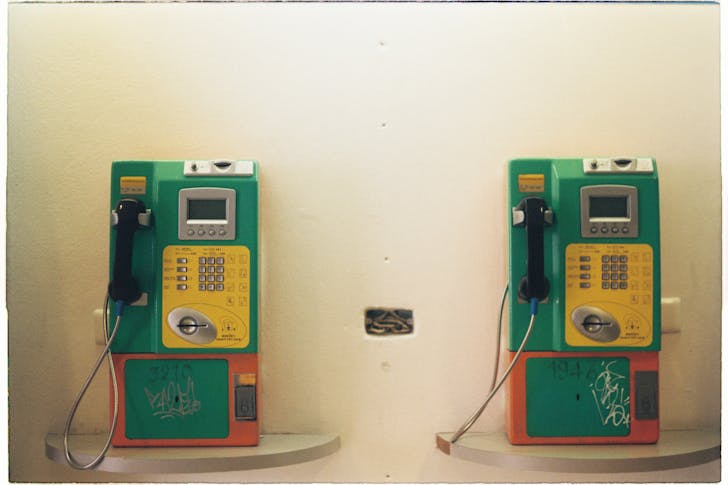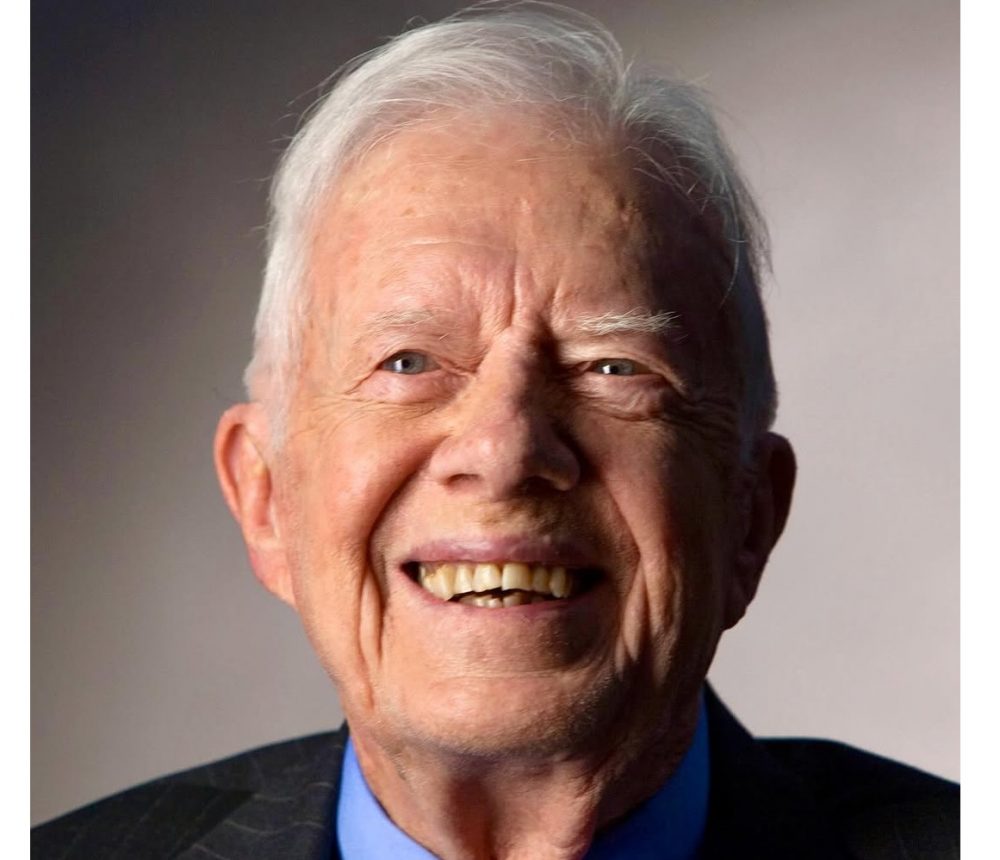Take a moment and think back to the early 2000s, a time when technology was just starting to ramp up into an integral part of daily life it is today. It's almost hard to believe how many gadgets and tools we relied on are now practically museum pieces. Remember how it felt to physically flip open a phone or wait with bated breath for a dial-up connection to click through? These memories are a testament to the rapid pace of technological advancement. Here are 13 common items from the 2000s that feel like ancient history now.
Flip Phones
Back in the day, owning a flip phone was the ultimate cool factor. The Motorola Razr, in particular, was the pinnacle of phone fashion. Flipping it open with a swift motion felt so satisfying, a feature modern smartphones can't replicate. They were simpler, yes, but also surprisingly sturdy. It's amusing how we've transitioned to large touch screens when those compact flips did everything we needed.

Thai Nguyen | Unsplash
Portable CD Players
Portable CD players were our lifeline to music before the era of streaming. Crafting the perfect mix CD was an art, a personal touch that playlists can't quite capture. Lugging around a case of CDs made you feel like you had the world's music at your fingertips. Nowadays, any song is just a tap away, but there is something special about the physical connection to music. The ritual of swapping out CDs on the go is a cherished memory for many.
Digital Cameras
Having a separate digital camera was essential for capturing moments. We used to take pictures, then connect the camera to our computers to see them. Sharing meant emailing photos or posting them on nascent social networks. Our phones have since taken over this role, streamlining the process but diluting the anticipation. The excitement of seeing how your photos turned out is a fond memory for many.
MP3 Players
The iPod was a game-changer for music lovers, offering a way to carry thousands of songs in your pocket. But as smartphones began to include music apps, MP3 players fell by the wayside. It seems quaint now to have a device dedicated solely to music. The simplicity of it made listening feel like a dedicated, personal experience. It's a bit nostalgic to think about the days when music required a separate gadget.
Dial-up Internet Modems
The unmistakable sound of a dial-up modem is a hallmark of the early Internet era. The patience required as you waited for a connection is unthinkable now. In today's world, even a second's delay is frustrating. The evolution to high-speed internet has transformed how we access and use the web. Yet, a part of us misses the anticipation and triumph of finally hearing that connection sound.
VHS Tapes and VCRs
VHS tapes were the original binge-watching medium. Picking out movies at Blockbuster was a Friday night tradition for many. The shift to DVDs and streaming services has made access easier but less eventful. Rewinding a tape before returning it was part of the rental etiquette. There's a nostalgic charm in the physicality of inserting a tape and waiting for it to rewind or fast-forward.
Floppy Disks
Floppy disks were once the epitome of cutting-edge data storage. The thought of using something with such limited capacity today is laughable. We've moved on to USB drives and cloud storage, which offer exponentially more space and convenience. Yet, floppies symbolized progress, a step towards the digital age. They serve as a reminder of how quickly technology evolves.
PDAs
Personal Digital Assistants (PDAs) were the precursors to smartphones, offering organization at your fingertips. Carrying another device for contacts, calendars, and notes seems unnecessary now. The integration of these functions into smartphones has made PDAs obsolete. Yet, there was a time when having a PDA meant you were organized and ahead of the tech curve. It's funny how what was once essential is now an amusing memory.
Tube Televisions
The bulky, heavy tube TVs were once the living room's centerpiece. Upgrading to a flat screen felt like stepping into the future. Now, with smart TVs, entertainment options are endless. Adjusting antennas and dealing with static are things of the past. The communal experience of gathering around a tube TV for a show has its own nostalgic appeal.
Fax Machines
Fax machines were crucial for sending documents quickly over long distances. Today, digital records and emails have made faxing nearly obsolete. The process of feeding paper into a machine and waiting for the transmission seems quaint. Digital communication is undeniably more efficient. Yet, the distinct sound of a fax machine is a reminder of office life in the 2000s.
Phone Booths and Landlines
The decline of phone booths and landlines is a testament to the rise of mobile phones. It's hard to imagine being unable to call someone anytime, anywhere. Landlines had their advantages, like never worrying about battery life. The convenience of mobile phones, however, is unmatched. Still, the concept of a shared family phone line holds a certain nostalgic value.
Encyclopedias and Physical Dictionaries
Before the internet, encyclopedias and dictionaries were our primary sources of information. Something was rewarding about flipping through pages to find an answer. Now, a quick search online gets us the information instantly. While convenient, it lacks the tactile pleasure of research with physical books. The shift to digital has made knowledge more accessible, but the learning experience has changed.
Paper Maps and Printed Directions
Using paper maps and writing down directions was an adventure in itself. GPS and digital maps have simplified navigation, making it nearly impossible to get lost. Planning a trip involved studying maps and landmarks. This process added an element of discovery to travel. While GPS is convenient, there's a sense of nostalgia for the times when getting there was half the fun.
Wrapping Up
Reflecting on these items brings a mix of amusement and fondness. Technology has undoubtedly made life easier, but these relics from the 2000s remind us of simpler times. They mark the journey of progress, each step bringing us closer to the interconnected world we live in today. Let's cherish these memories as we continue to embrace the future of technology.







